From the bustling streets of Punjab to the breezy shores of the Mornington Peninsula, Indian Villa is more than a restaurant. It’s a story of two friends, Harry and Amit, who brought with them not only their culinary skill but also the spirit of hospitality deeply woven into Indian culture. With two restaurants — one in Dromana and one in Rye — they’ve created places where heritage, flavour, and community come together in every shared meal.
Harry hails from Ghagga, a city in Punjab known for its rich farmlands and robust food traditions. Amit comes from Kurukshetra, a place of immense historical and cultural significance, often regarded as the land of the Mahabharata, one of India’s great epics. Between them, they carry not only a passion for cooking but also the stories, rituals, and influences of two regions that have shaped Indian identity for centuries. Their kitchens are more than workplaces; they are bridges between worlds, where ancient culinary traditions meet the relaxed rhythm of Peninsula life.
At Indian Villa, food isn’t just served — it’s shared. Theirs is a cuisine that celebrates togetherness: families gathered over a table of curries, friends toasting with mango lassi, couples tearing into warm naan fresh from the tandoor. Each dish is an invitation, both to experience the flavours of Punjab and to connect with the culture behind them.
The menu reads like a love letter to Punjabi cuisine. Fragrant curries, smoky tandoori dishes, hand-stretched breads and vibrant vegetarian plates all carry the warmth of tradition and the skill of chefs who cook with equal parts precision and heart. Here are just a few highlights:
Paneer Tikka — Village-fresh paneer marinated in spice and charred over coals, this dish is a vegetarian homage to Punjab’s long-standing love affair with the tandoor. It’s both rustic and refined, with the smokiness of the grill sealing in its delicate flavours.
Tandoori Chicken — Known as the pride of Punjab, tandoori chicken carries with it a story of soldiers cooking on the move, marinating chicken in yoghurt and spices before roasting it in clay ovens. At Indian Villa, it remains faithful to its roots — tender, smoky, and kissed with spice.
Seekh Kebab — Minced meat shaped on skewers, spiced generously, and charred until juicy. A dish that speaks to the communal fires of Punjab, where food is always best when shared.
Fish Tikka — A coastal interpretation that finds its home easily on the Peninsula, this dish balances the bold flavours of spice with the delicate flesh of fish, offering a fresh yet fiery taste.
Butter Chicken — Perhaps India’s most famous export, but here it feels deeply personal. Creamy, rich, and comforting, it embodies the heart of Punjabi cooking — indulgent yet balanced.
Chicken Saagwala — Tender chicken simmered with pureed spinach and spices; this dish is as nourishing as it is flavourful. It pays homage to Punjab’s fertile fields, where greens like spinach and mustard leaves grow in abundance.
Chicken Jalfrezi — A stir-fry of chicken with peppers, onions, and spices. Lively, colourful, and quick to the pan, it reflects the adaptability of Punjabi cuisine — able to be rustic and vibrant all at once.
Lamb Saag — Lamb cooked low and slow with spinach, merging earthy greens with rich meat in a way only Punjabi cooking can.
Sarson ka Saag — A dish steeped in Punjabi tradition, made with mustard greens and slow-cooked spices. It’s a taste of home for Harry and Amid — humble, hearty, and tied deeply to the land.
Dal Makhani — Black lentils and kidney beans cooked for hours until luxuriously creamy. This dish is the quiet heartbeat of Punjabi cuisine, comforting and nourishing, best eaten with naan or rice.
Chana Masala — Chickpeas simmered in a spicy, tangy sauce, a dish that represents the everyday cooking of North India yet elevated here to a star in its own right.
Each of these dishes carries more than flavour; it carries a story. They speak of the fertile plains of Punjab, where wheat, mustard, and vegetables thrive; of the communal tandoor, where villagers once brought their bread to bake; of the spices traded and blended over centuries; and of the joy that comes from food made to be shared.
For Harry and Amit, Indian Villa is not just a business but a calling. Their friendship has translated into a partnership that blends hard work with vision, tradition with innovation. They’ve chosen to make the Peninsula their home, and in doing so they’ve given locals and visitors alike a taste of Punjab’s culinary and cultural richness.
Step into either restaurant — Dromana or Rye — and you’ll feel it instantly. The warmth of welcome, the aromas from the kitchen, the hum of conversation around tables laden with food. It’s an experience that lingers long after the last bite, inviting you not only to return but to dream of the journey behind the meal.
Indian Villa is a place where heritage and hospitality meet, where every dish tells a story, and where the flavours of Punjab find a new home by the sea. Whether you’re drawn by the spice of a curry, the smoke of the tandoor, or the comfort of a dish passed down through generations, one thing is certain: you’ll leave inspired, satisfied, and hungry to return.

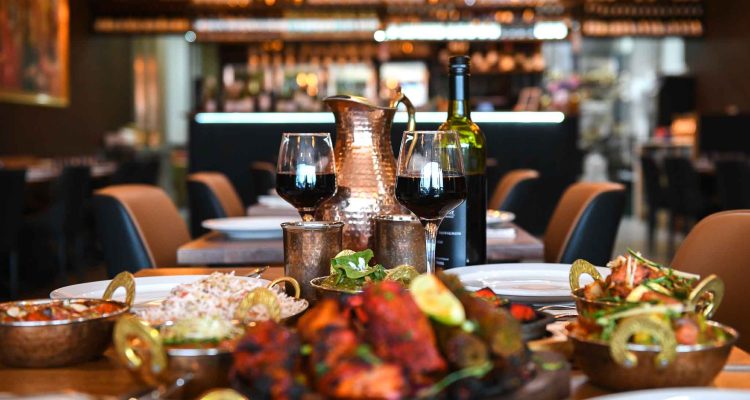
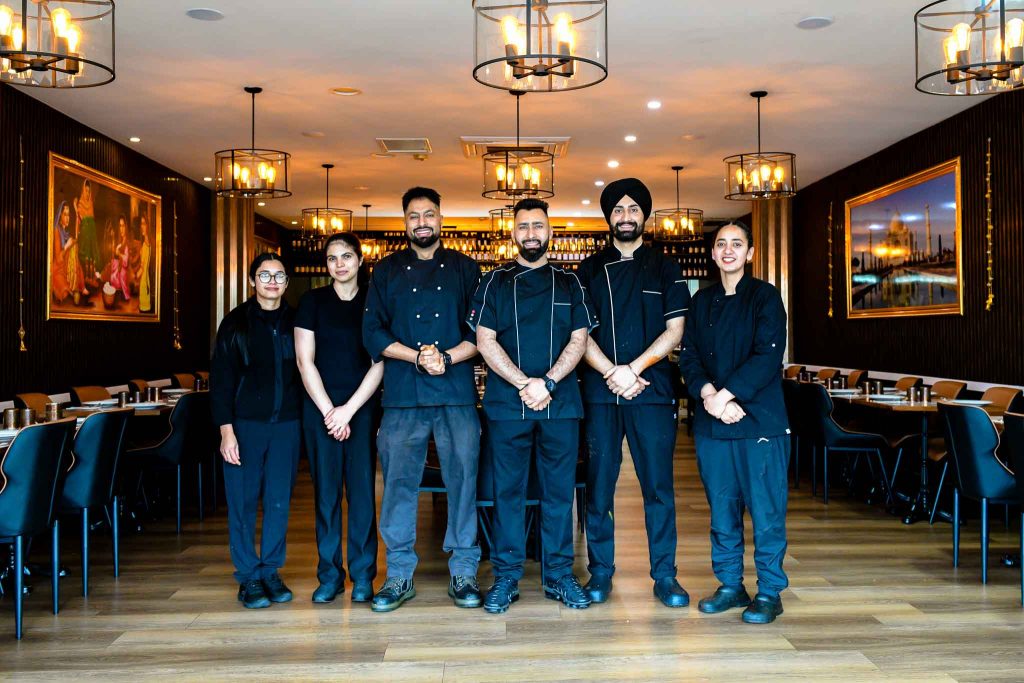
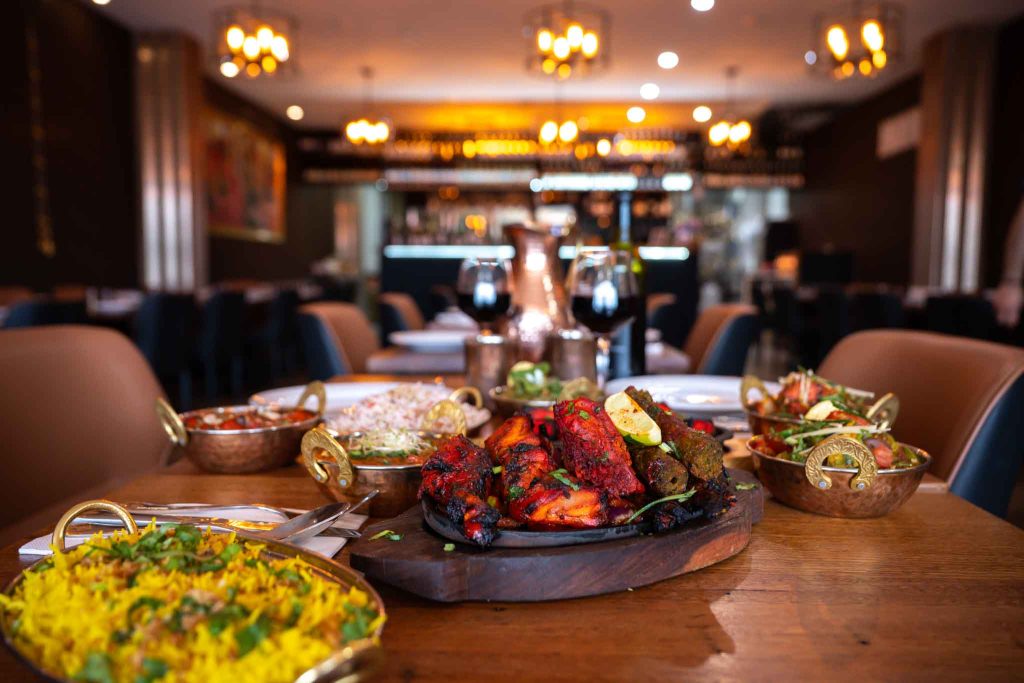
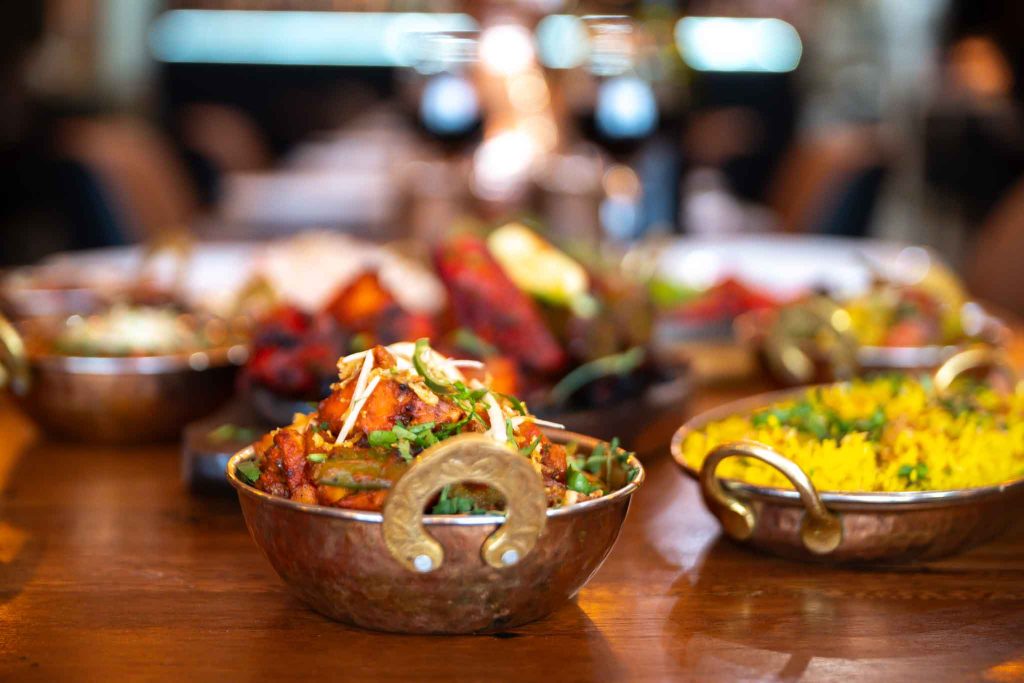
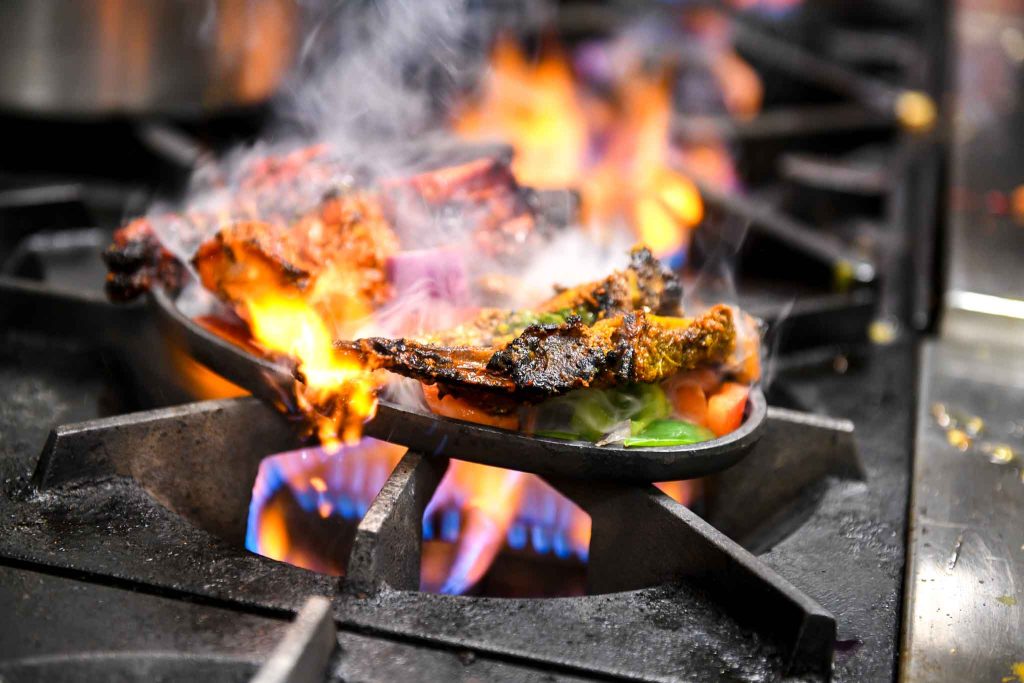
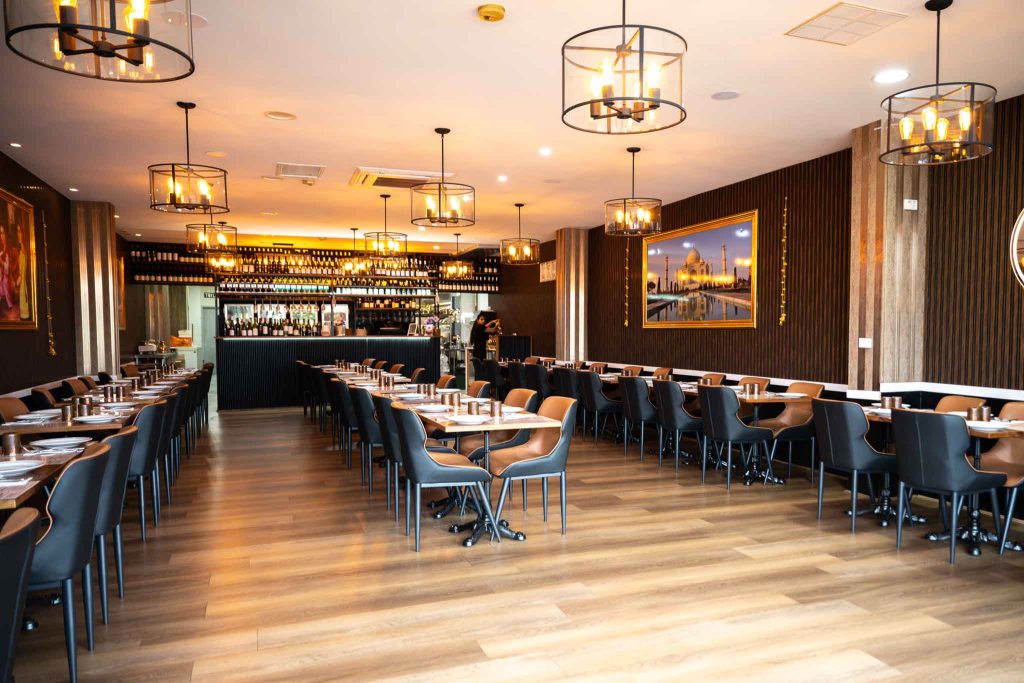
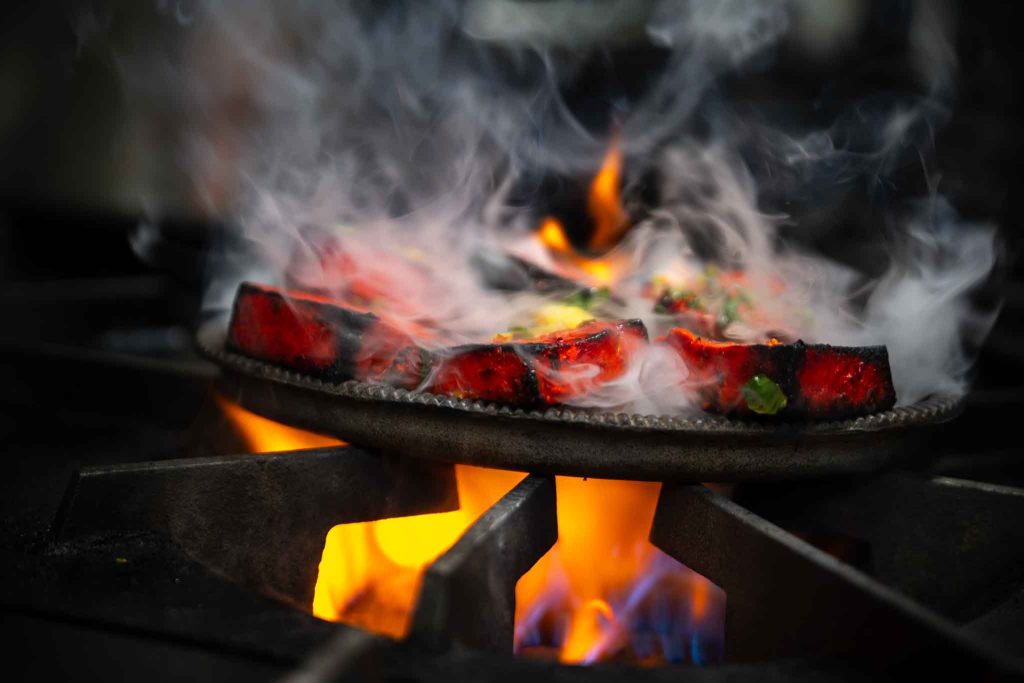
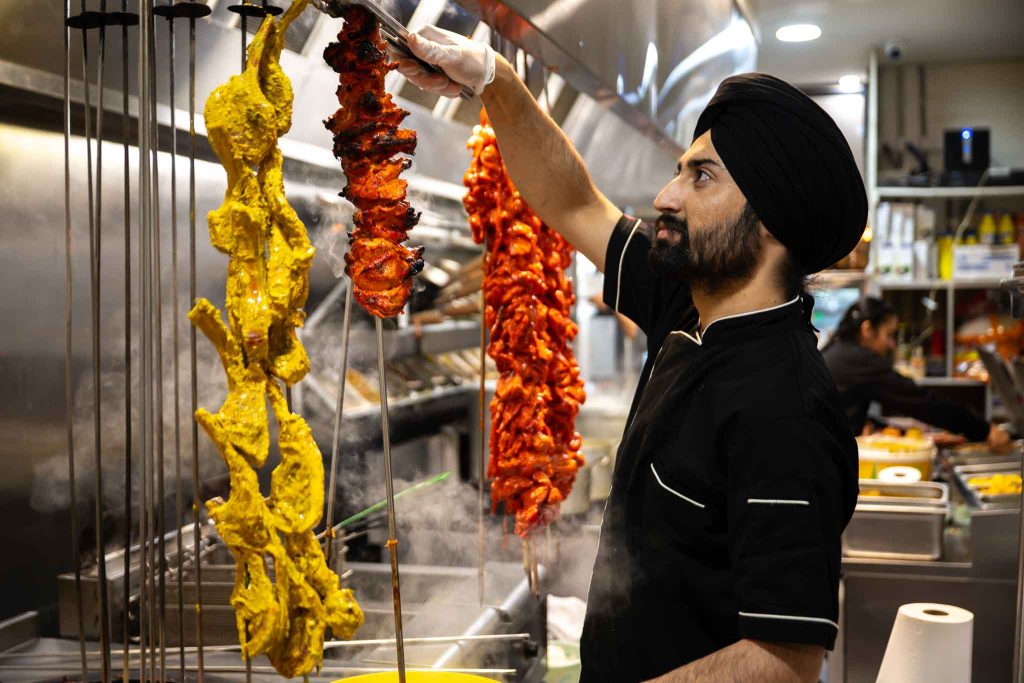
Leave a Reply
You must be logged in to post a comment.